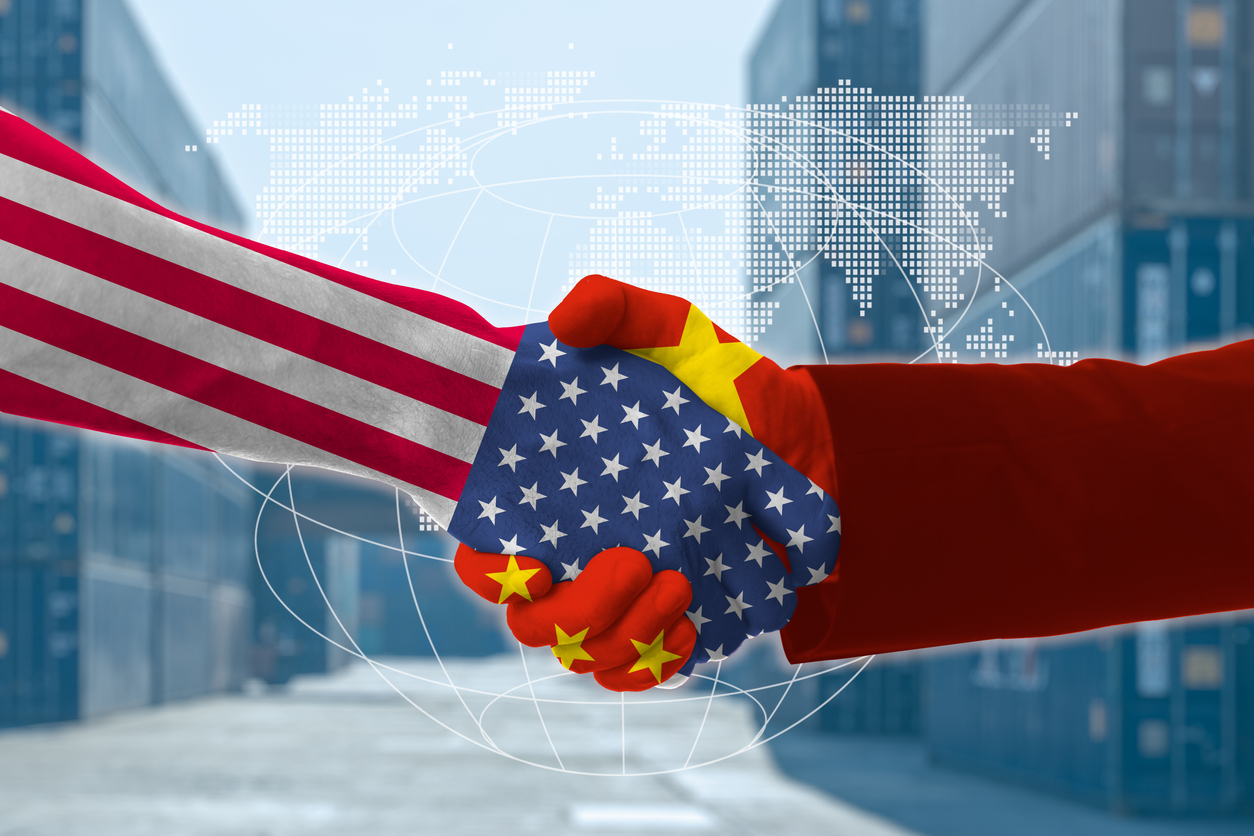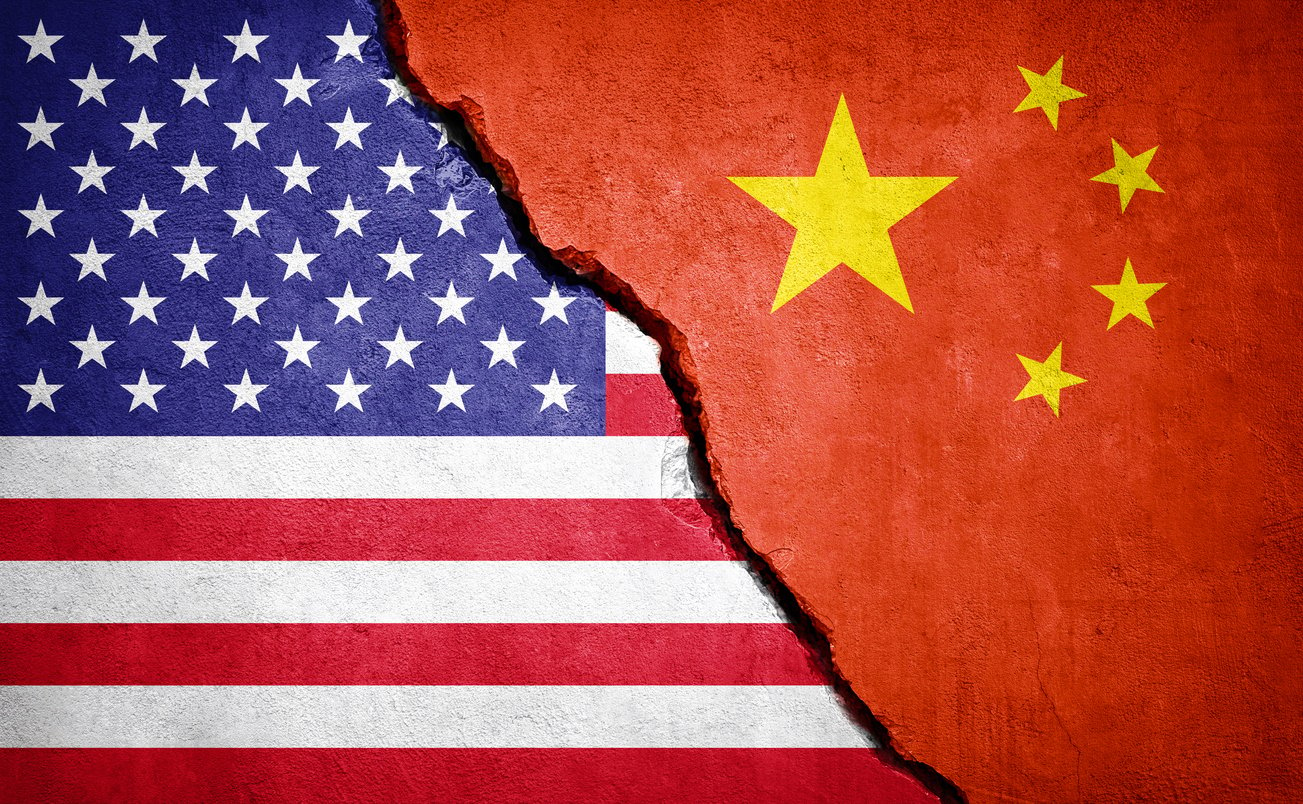As we move through the second half of 2025, investors need to closely monitor key events related to Trump’s tariff policies, as these will have far-reaching effects on U.S. equity markets. The upcoming tariff deadlines and trade developments will play a pivotal role in shaping market sentiment and investment strategies.
Key Upcoming Events
- August 7, 2025 - Reciprocal Tariffs on 69 Countries
On August 7, Trump’s executive order on reciprocal tariffs will come into effect. Tariffs ranging from 10% to 41% will be levied on products from 69 trade partners. These tariffs are part of Trump's broader strategy to rebalance trade relationships and have the potential to disrupt supply chains, especially in sectors that rely on global imports like technology, pharmaceuticals, and agriculture. - August 12, 2025 - Decision on China Trade Truce
The U.S.-China trade truce is set to expire on August 12. Trump will decide whether to extend the agreement or allow tariffs to rise, potentially escalating tensions between the two largest economies in the world. A breakdown in negotiations could lead to higher tariffs, particularly in the tech sector, as companies like Apple (AAPL) and Tesla (TSLA) are highly exposed to Chinese trade relations. A renewed trade war could also negatively impact broader market sentiment. - August 29, 2025 - End of De Minimis Exemption
The suspension of the de minimis exemption means that all goods, regardless of value, will be subject to tariffs starting August 29. This could create friction in e-commerce and retail sectors, especially for companies like Amazon (AMZN) and smaller businesses relying on low-value imports. It may also lead to higher consumer prices, which could dampen consumer spending. - September 29, 2025 - Drug Price Commitments
Drug companies must submit binding commitments by September 29 to lower prices in exchange for tariff relief. If pharmaceutical companies fail to meet these demands, tariffs on drug imports could increase significantly, potentially harming major players like Pfizer (PFE) and Merck (MRK). These moves could have broader implications for healthcare costs in the U.S. - Ongoing Tariff Announcements
Trump has also signaled intentions to impose tariffs on semiconductor products, with a potential 100% tariff on chips. This move could severely impact the technology sector, particularly companies like Intel (INTC) and NVIDIA (NVDA), which rely on chip imports. Moreover, additional tariffs on copper, chemicals, and energy products could impact industries such as manufacturing, construction, and energy.
Potential Impact on the U.S. Equity Market
The tariff policies of the Trump administration have already contributed to market volatility, and the next round of tariffs could intensify these movements. While some sectors may benefit, others will face significant challenges.
- Technology Sector
The technology sector is particularly vulnerable to tariff increases, especially with the possibility of a 100% tariff on semiconductor imports. Companies like Apple, NVIDIA, and Intel, which depend heavily on foreign-sourced components, may see their margins squeezed. Moreover, continued trade tensions with China could hurt the broader tech sector, which has benefitted from strong supply chains and global demand. - Manufacturing and Automotive
U.S. manufacturers that rely on imports of raw materials like steel, aluminum, and copper could see higher input costs. This will likely affect companies in the automotive and industrial sectors, such as Ford (F) and General Motors (GM). Conversely, U.S.-based manufacturers might benefit from protectionist policies as foreign competitors face higher duties. Domestic production could see an uptick as companies shift focus toward U.S.-based manufacturing to avoid high tariffs on imports. - Healthcare Sector
The healthcare sector faces its own unique set of challenges. Trump’s push to lower drug prices could further pressure profit margins for pharmaceutical companies. The possibility of higher tariffs on pharmaceutical imports will add to the strain. However, if drug prices do decrease as per Trump’s demands, it could relieve some consumer pressure while potentially lowering the overall cost of healthcare. - Retail and Consumer Goods
The suspension of the de minimis exemption and the increase in tariff rates could lead to higher consumer goods prices, especially electronics and apparel. Companies like Walmart (WMT) and Target (TGT), which rely on imports for low-cost goods, may experience squeezed margins or need to raise prices. These price hikes could dampen consumer spending, particularly in discretionary sectors. - Energy Sector
The energy sector could experience mixed effects. On the one hand, tariffs on Russian oil may increase domestic oil prices, benefiting U.S. oil producers such as ExxonMobil (XOM) and Chevron (CVX). On the other hand, global oil market volatility and trade disruptions could cause uncertainty, especially if other key oil-producing nations are targeted by tariffs.
The remainder of 2025 will likely be marked by continued uncertainty around U.S. trade policy. Trump’s aggressive tariffs on various sectors, including technology, pharmaceuticals, and energy, present both risks and opportunities for U.S. equity markets. While some sectors will likely benefit from protectionist policies, others will face increased costs and margin pressures. Diversification and a keen understanding of sector-specific risks will be crucial for navigating these turbulent times.
EXPLORE MORE POSTS
Navigating the New Macro Regime: Quantel’s October 2025 Results
Quantel's Premium Portfolios delivered another strong month in October 2025,...
Read Moreby Shyam Sreenivasan
Top 10 Tax Planning Strategies for Hni Commercial Brokers
High-net-worth commercial brokers stand at the intersection of deal-making and...
Read Moreby Irman Singh
Triple Shock Hits Wall Street: Liquidity, Shutdown, Sentiment
U.S. markets are falling due to liquidity stress, government shutdown...
Read Moreby Jerry Yuan
Keep More of What You Earn : Tax Strategies for Physicians
Physicians often find themselves in some of the highest effective tax brackets...
Read Moreby Irman Singh
Trump-Xi Truce in South Korea - A Fragile Pause for Markets
The U.S.–China truce cools trade tensions and supports risk appetite, but it’s...
Read Moreby Jerry Yuan
Intelligent Tax Planning for America’s Wealth Builders
by Irman Singh
Cooling Inflation Paves Way for Fed Cuts, Lifts Equity Sentiment
Cooling inflation data reinforced confidence in a soft-landing scenario,...
Read Moreby Jerry Yuan
Illiquidity: The Silent Constraint in HNwI's Portfolios
Why even substantial wealth can feel inaccessible — and how to design...
Read Moreby Irman Singh
Market Shaken by Renewed U.S. - China Tensions & Credit Fears
Renewed U.S.-China trade tensions and banking concerns triggered a sharp global...
Read Moreby Jerry Yuan
Why a Traditional Financial Advisor May Be Failing You ?
For decades, the traditional financial advisor has symbolized trust, expertise,...
Read Moreby Irman Singh
Fed Minutes Show Split Outlook: Rate Cuts Expected, but Inflation Maintains Caution
Divided Fed, uncertain path ahead — rate cuts are coming, but sticky inflation...
Read Moreby Jerry Yuan
From Insight to Execution: The Algo Way
Algorithmic investing, once the domain of hedge funds and prop desks, has...
Read Moreby Irman Singh
Drug Prices Drop, Pharma Faces a New Game
by Jerry Yuan
AI and Investing : Smarter Decisions, Sharper Insights
Artificial Intelligence (AI) is transforming the way investment decisions are...
Read Moreby Irman Singh
U.S. Tariffs Reshape Markets : Inflation, Supply Chains, and Equity Risks
by Jerry Yuan
The Overlooked Basics of Family Office
Family offices are created to simplify wealth management, protect assets, and...
Read Moreby Irman Singh
First Fed Cut in a Year: Growth Hopes, Softer Backdrop
The Fed’s first rate cut since 2024 signals a cautious pivot as growth stays...
Read Moreby Jerry Yuan
Smart Diversification for Today’s Economy
For high net worth (HNW) investors, diversification is not just about owning a...
Read More




















